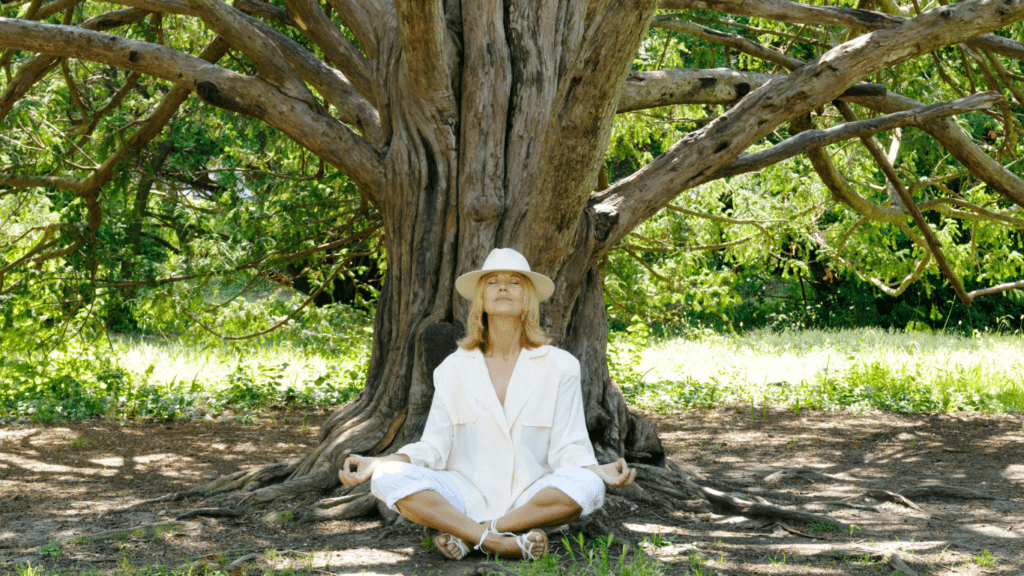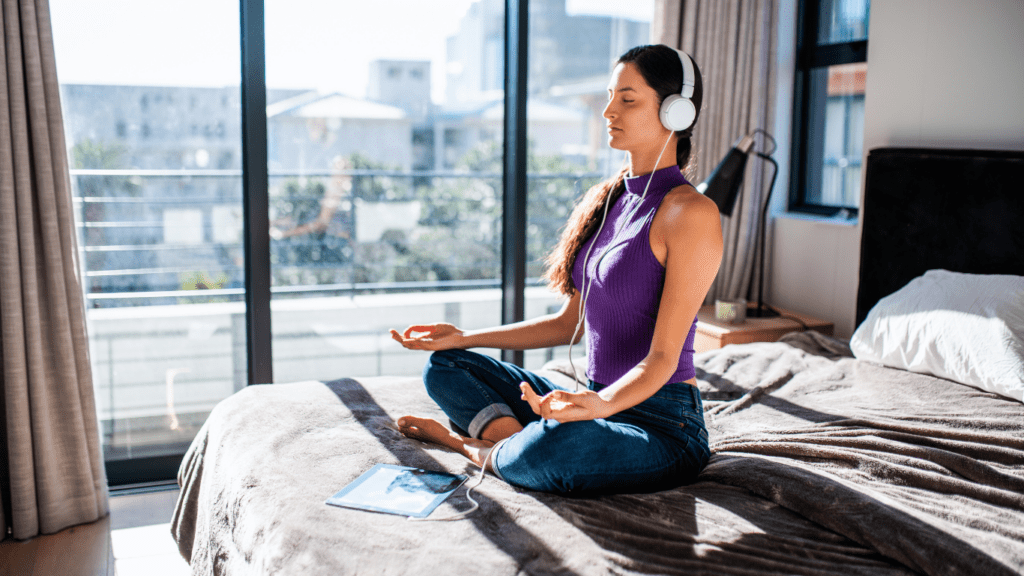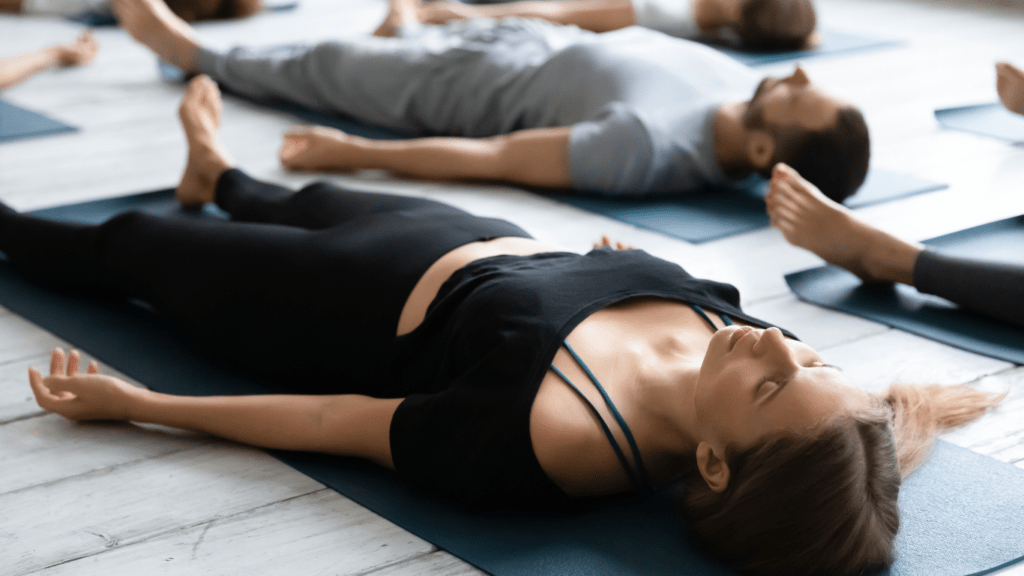Life moves fast, and finding time to pause can feel impossible. I’ve often caught myself wishing for a way to recharge without carving out hours from my packed schedule. That’s where micro-meditation comes in—a simple yet powerful practice that fits into even the busiest of days.
What Is Micro-Meditation?
Micro-meditation refers to brief, intentional mindfulness practices that typically last between 30 seconds and 5 minutes. These condensed sessions serve as quick resets for the mind, focusing on present awareness rather than lengthy contemplation. They fit seamlessly into everyday routines and don’t require special settings or tools.
This practice emphasizes simplicity and accessibility. Whether it’s focusing on breathing for one minute, observing surroundings during a short break, or practicing gratitude while waiting in line, micro-meditation integrates easily into busy schedules. Unlike traditional methods, its flexibility appeals to individuals with demanding lifestyles.
Scientific research supports its effectiveness. Studies indicate that even brief mindfulness exercises can reduce such:
- stress
- enhance focus
- improve emotional regulation
Its adaptable approach makes micro-meditation a powerful tool for creating calm and clarity, no matter how tight one’s schedule may be.
Benefits Of Micro-Meditation
Micro-meditation delivers significant advantages for mental and emotional well-being in just a few minutes. These brief practices create meaningful shifts, even within hectic schedules.
Reduced Stress And Anxiety
Micro-meditation alleviates stress and reduces anxiety by promoting relaxation and calming the nervous system. Studies from the Journal of Psychosomatic Research highlight that mindfulness exercises as short as 1-2 minutes lower cortisol levels. In practice, pausing to focus on breathing or perform a quick body scan decreases tension during high-pressure moments, keeping emotions balanced.
Improved Focus And Productivity
Short mindfulness practices enhance concentration and elevate productivity levels. Research published in Frontiers in Human Neuroscience reveals that micro-meditation improves cognitive performance in tasks requiring sustained attention. By interrupting daily distractions with intentional moments of awareness, I often notice increased efficiency and more effective task management in my own work routine.
Enhanced Mental Clarity
Micro-meditation fosters mental clarity by breaking cycles of overthinking and improving present-moment awareness. A 2021 study in the Journal of Cognitive Enhancement identified significant boosts in mental sharpness following brief mindfulness exercises. These moments create space for clearer decision-making and better problem-solving, ensuring my thoughts feel more organized and purposeful throughout the day.
Simple Micro-Meditation Techniques

These quick meditation practices offer accessible ways to incorporate mindfulness into even the busiest schedules. Each approach focuses on enhancing awareness and calm without requiring significant time or preparation.
The One-Minute Breathing Exercise
This technique involves focusing on intentional, slow breaths for 60 seconds. I sit comfortably and close my eyes if possible, then take a deep inhale through my nose for 4 seconds, hold for 4 seconds, and exhale slowly for 6 seconds. Repeating this pattern 4-5 times helps release tension and reset my focus. This exercise is effective when I feel overwhelmed or distracted.
Mindful Pause During Daily Tasks
Integrating mindfulness into routine activities transforms them into grounding moments. I pick tasks like washing dishes, walking to another room, or waiting in line and bring my attention to the physical sensations involved. For example, during handwashing, I focus on the water’s temperature, the soap’s texture, and my hand movements. By anchoring my mind to the present moment, stress fades, and I feel calmer.
Gratitude Reflection In Moments
Refocusing on gratitude shifts my perspective in seconds. I pause, think of one thing I appreciate at that moment, and reflect on why it’s meaningful to me. For example, during a hectic workday, I might express gratitude for supportive colleagues or a warm cup of coffee. This practice fosters positivity and counters negative thought patterns in less than two minutes.
Micro-Meditation Vs. Traditional Meditation
Micro-meditation and traditional meditation both offer valuable pathways to mindfulness, but they differ in structure, duration, and accessibility. Understanding these distinctions helps integrate the right practice into daily routines for personal growth and well-being.
Key Differences
- Duration defines the primary distinction between the two approaches.
- Micro-meditation lasts 30 seconds to 5 minutes, while traditional meditation often extends to 15–60 minutes.
- This condensed format makes micro-meditation flexible and easy to incorporate into busy schedules.
- Structure separates the two further.
- Traditional meditation typically involves set frameworks, such as guided sessions, seated positions, or chants, while micro-meditation focuses on simplicity, like deep breathing or paying attention to sensations during daily tasks.
- Purpose highlights another contrast.
- Traditional meditation may aim for deeper states like transcendence or prolonged relaxation.
- In comparison, micro-meditation delivers quick resets, helping manage immediate stress and regain focus during fast-paced moments.
When To Choose Each Approach
Choosing between the two depends on lifestyle and goals. I recommend micro-meditation for those seeking to ease into mindfulness or manage time constraints. It’s ideal for busy professionals, parents, or students needing brief moments of calm.
Traditional meditation might suit those prioritizing long-term spiritual practices or seeking deeper emotional healing. This approach works well during less demanding periods or as part of designated wellness routines, such as retreats or unhurried evenings.
By understanding these differences and aligning them with daily demands, it’s easier to achieve consistent mindfulness without overhauling routines.





